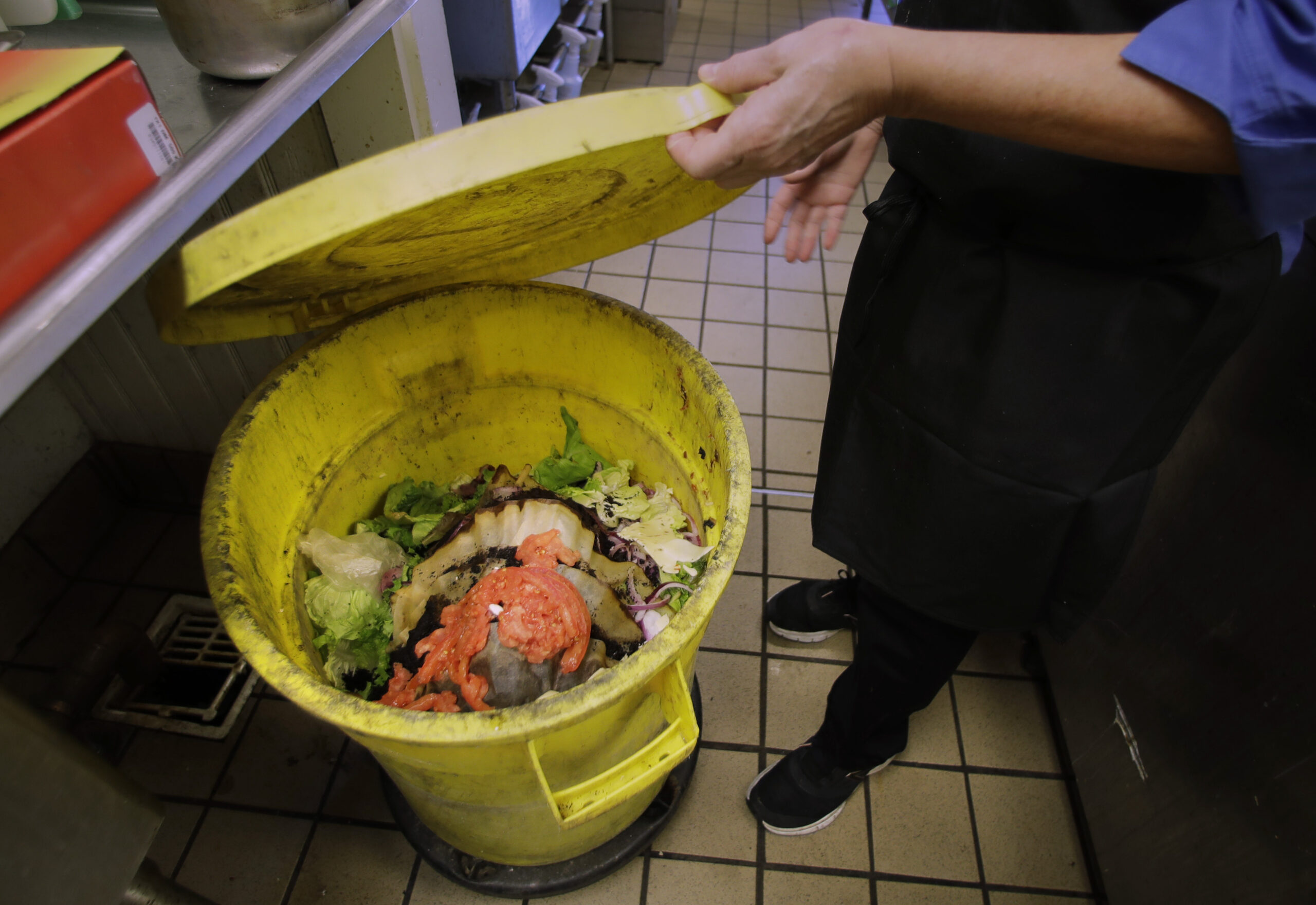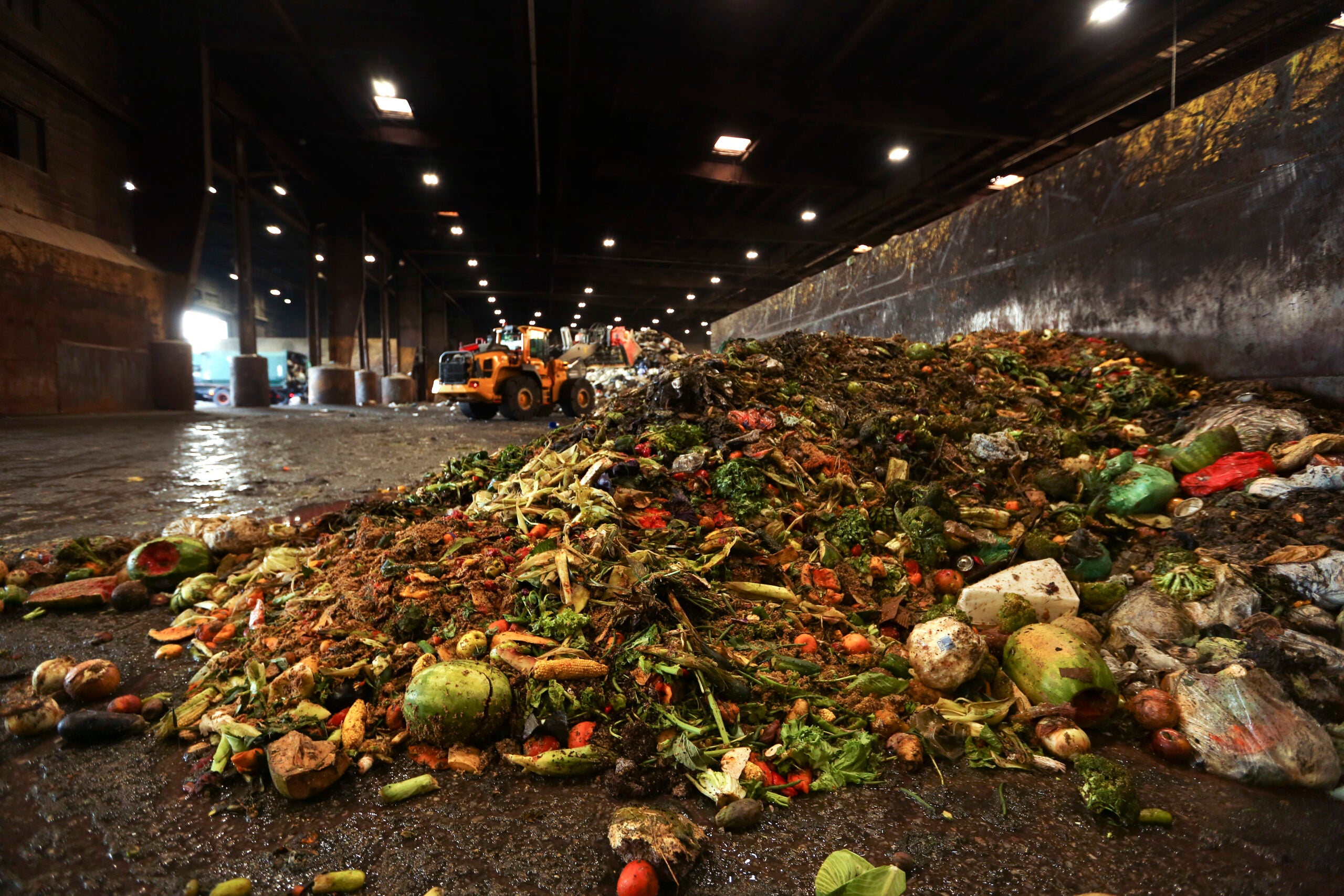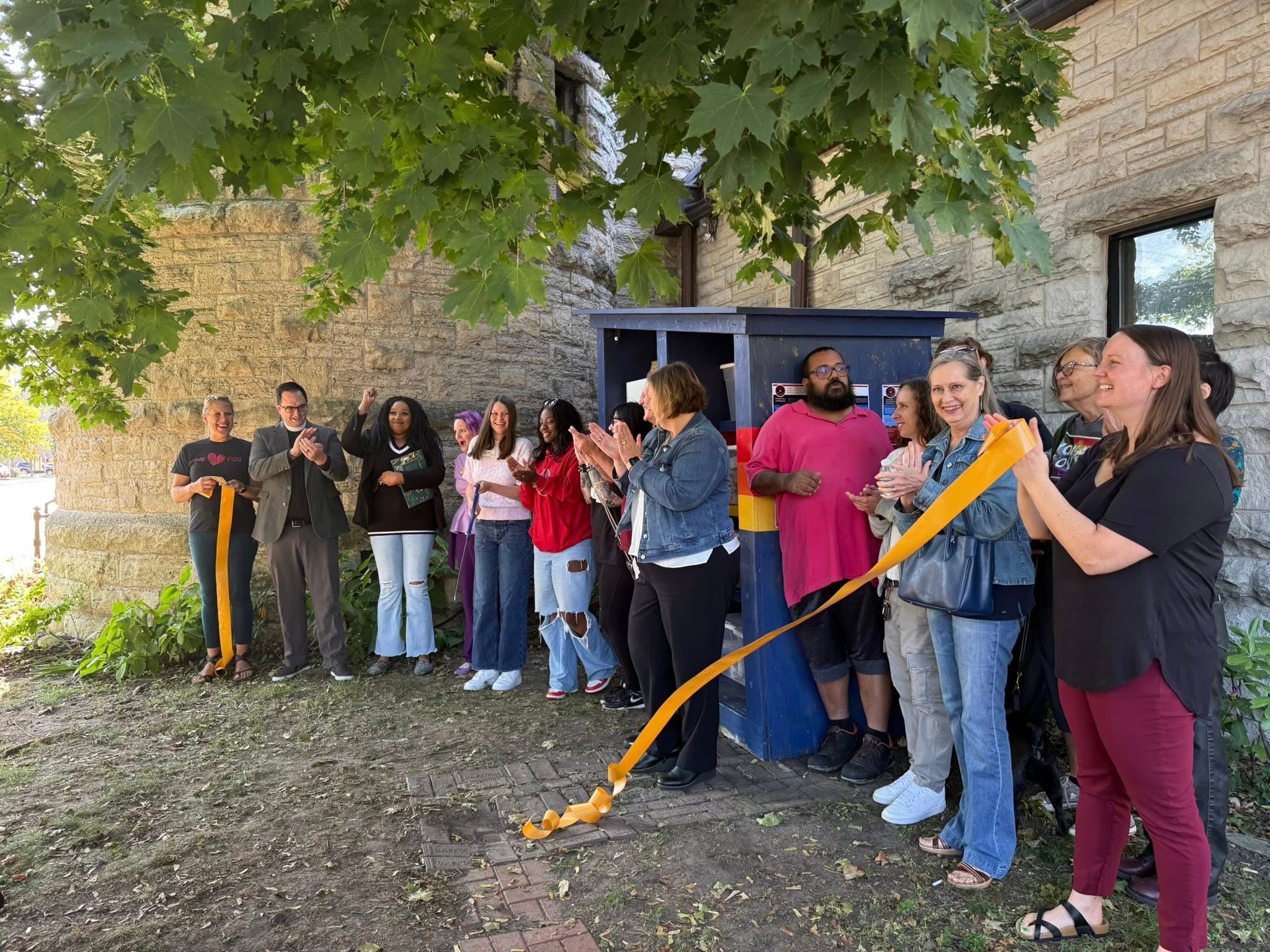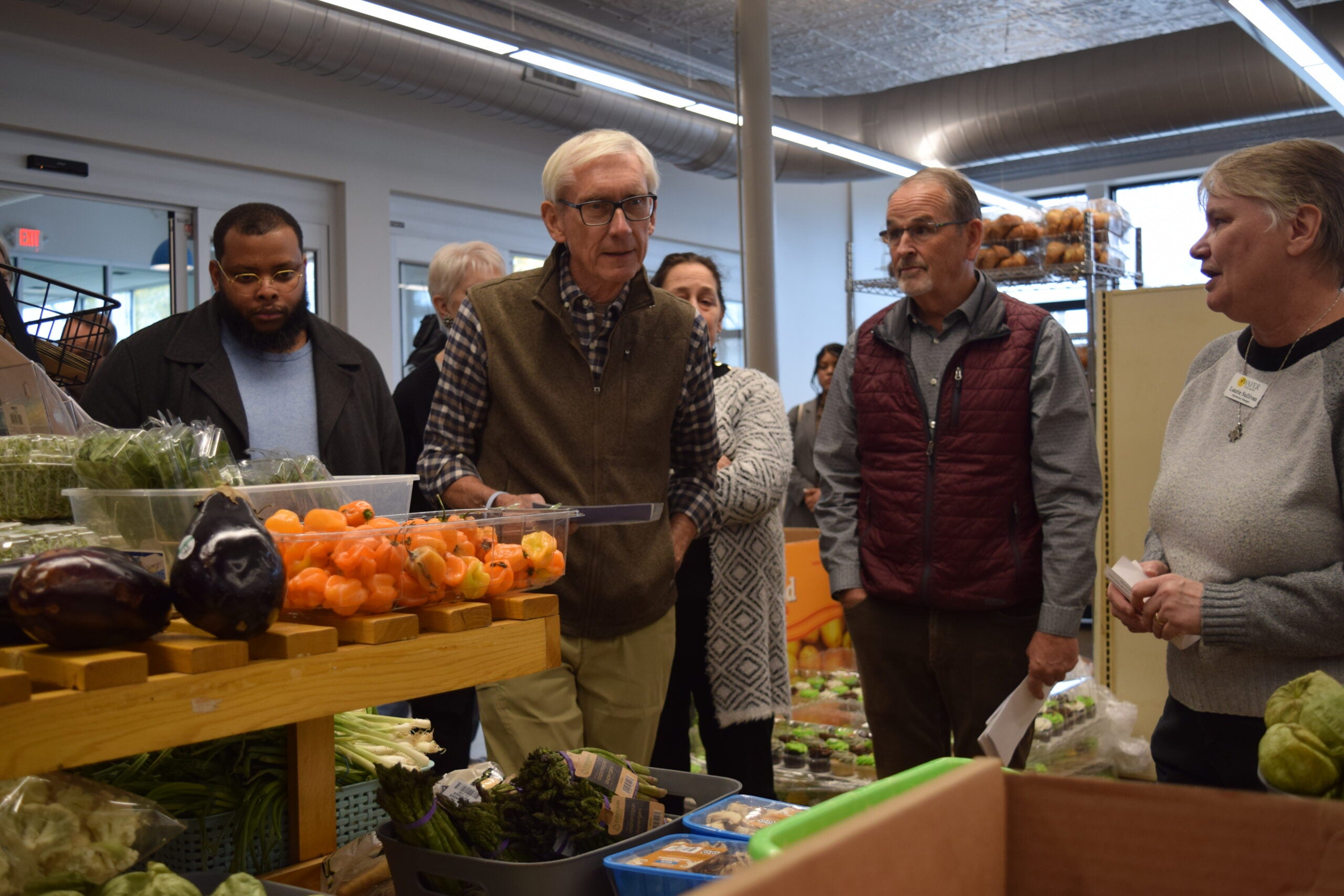In the U.S., about a third of the available food supply goes to waste.
In Wisconsin, wasted food accounted for almost 15 percent of waste found in landfills from 2020 to 2021, according to a comprehensive study of landfills completed by the state Department of Natural Resources.
Between wasted food and inedible food scraps like banana peels, the waste of food scraps was more than double what was found in a similar study conducted more than a decade earlier.
News with a little more humanity
WPR’s “Wisconsin Today” newsletter keeps you connected to the state you love without feeling overwhelmed. No paywall. No agenda. No corporate filter.
Such waste is no doubt connected to our lifestyles, said Julie Schilf, program coordinator for the Sustainable Management of Food for the Environmental Protection Agency Region 5, which includes Wisconsin, Illinois, Ohio, Minnesota, Michigan and Indiana.
“We live dynamic lifestyles, right?” Schilf said during a recent appearance on WPR’s “The Larry Meiller Show.” “Two days ago, I took some chicken out of the freezer that I was going to make tonight. Well, actually, tonight I decided to go get my haircut and meet a friend out for a drink. And I know that when I get home, I may not want to make that chicken. So little things like that.”
It all adds up. But there are large- and small-scale changes we can make, Schilf said, to cut back on the waste.
Saving on a grander scale
Food that would otherwise go to waste can be donated by retailers and grocers to people in need without legal repercussions.
The Bill Emerson Good Samaritan Food Donation Act, which was recently updated in January 2023, makes it so that these retailers, when donating in good faith, can’t be sued if someone gets sick from eating food they donated, which has been considered a big barrier to some businesses not wanting to donate in the first place.
But there’s plenty of need for those donations, Schilf said. According to the U.S. Department of Agriculture, more than 12 percent of households are food insecure, which means they don’t know where their next nutritious meal will come from.
“So, under this act … as long as the donor hasn’t acted with any kind of intentional harm, the donor is not liable for damage or there’s no civil liability associated with that food donation, should anyone get sick from it,” Schilf said.
The EPA has information on sustainable food management, and specifically information defining wasted food, benefits from saving potentially wasted food and ways to donate.
“I encourage you to find that information on our web page. Arm yourself with as much information as you can and take it to that grocery store, and let them know that they could be donating to a local food pantry, in that area and helping those in need,” she said.

Ways to reduce waste individually
Making individual choices that result in less food waste can have a big impact. Schilf talked about four habits to help reduce food waste.
- Upcycle. Take food scraps and turn them into new snacks and meals.
“While this often happens in food manufacturing, we do it at home and we don’t even think about it,” Schilf said. “We can make croutons out of stale bread. We often make stocks and broths out of inedible vegetable scraps, for example. And I think that’s a really great action that people can take at home.” - Buy individual items. If you buy perishable foods in bulk, there’s a good chance they’re going to waste at home.
One of the ways to prevent this is to plan out your shopping, Schilf said. That includes shopping your kitchen to make sure you’re not buying what you already have.
Another option is to buy the amount of fruit or vegetables you need from bulk bins.
“Buying loose fruits and vegetables and unpackaged food is a great way to reduce what you’re wasting at home and also reduce packaging waste, as well,” Schilf said. - Properly store produce. There are tips and guides on the internet for how to properly store fruits and vegetables.
One helpful resource is savethefood.com, which has specific storage instructions for everything from stone fruits to meat.
Schilf said knowing where to store items is helpful, too. For example, she said condiments can be stored in a refrigerator door, but neither eggs nor milk should be, since that’s the warmest part of the fridge.
The lower the shelf, the colder, she said, so that’s where you want to store your meat and poultry. - Grow your own garden. Concerns about pesticides and chemicals on produce can be allayed by planting your own garden and choosing what goes into it.
Many plants also grow well inside if you don’t have room outdoors.
“Even if it’s just a little bit, it’s helpful,” Schilf said. “And when you do grow your own, you will waste less.”

Package dates can be misleading
There can be a lot of confusion for consumers around when a product has gone bad and should be thrown away. Contributing to that confusion is packaging dates.
Schilf said those dates mean different things, and they’re often not related to food safety.
There are four phrases used in the U.S. by retailers and manufacturers, she said, and the only one regulated by the government with a safety date is baby formula.
To clear up confusion, Schilf explained the differences between the commonly used labels:
Best if used by/before: This is when a product will be of its best flavor or quality. It’s not a safety date.
Sell by: This tells the store how long to display the product for inventory management. This is not a safety date.
Use by: This is the last date recommended for the use of the item while it’s at peak quality. It’s not a safety date except for when it’s used on infant formula.
Freeze by date: This indicates when a product should be frozen in order to maintain its peak quality. It’s not a safety date.
“I think there’s a big responsibility here for food manufacturers and retailers,” Schilf said. “The USDA suggests that they use the ‘best if used by date’ consistently to reduce consumer confusion.”
Wisconsin Public Radio, © Copyright 2026, Board of Regents of the University of Wisconsin System and Wisconsin Educational Communications Board.






